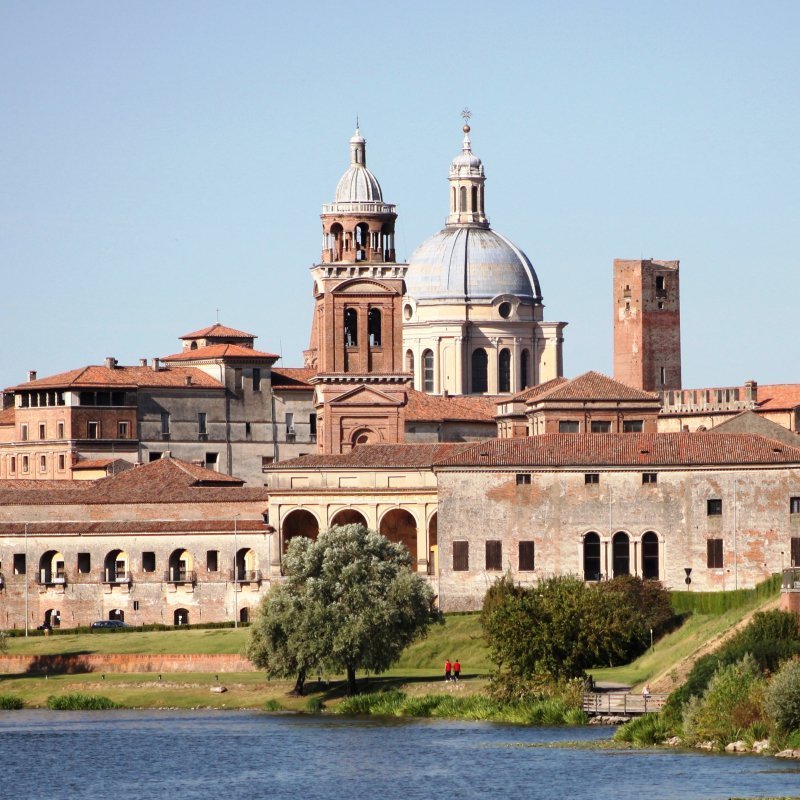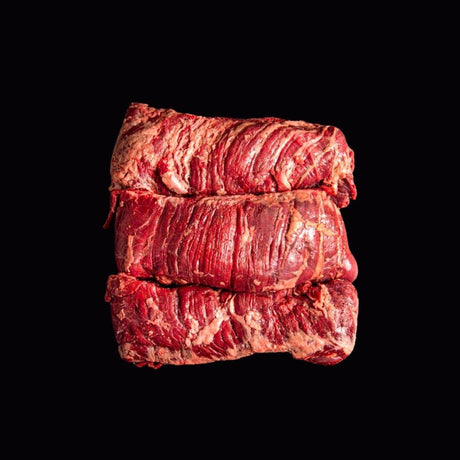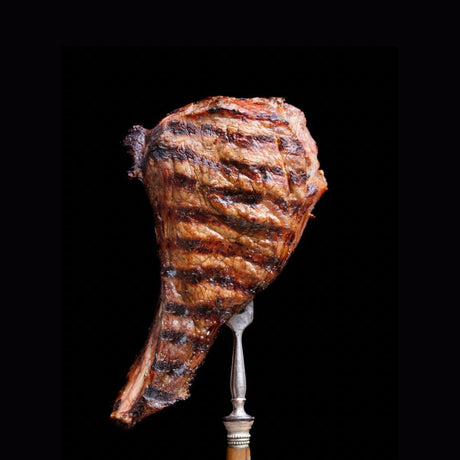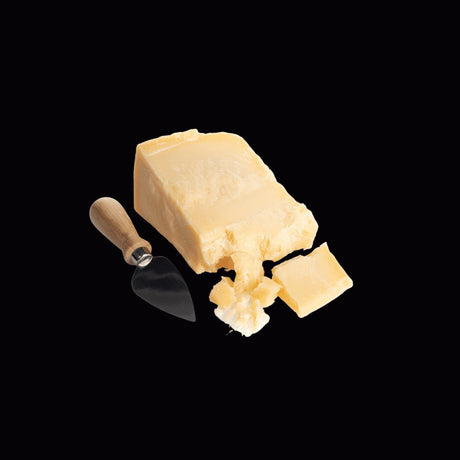The History of Mantua – Between History, Art and Culture
Welcome to the Corte Preziosa blog, where we love not only to share our recipes and the genuine flavours of tradition, but also to tell the story of our magnificent territory. Today we take you to discover a unique city, full of charm and history: Mantua .
Suspended between art, architecture and legends, Mantua is one of the most fascinating cities in Italy. Its glorious past, spanning centuries of history, makes it a unique jewel of the Italian Renaissance and a UNESCO World Heritage Site. Come with us on this journey through time, to discover the deep roots and wonders of this city.
The Mythical Origins: Mantua and Manto
The history of Mantua is rooted in legend. It is said that the city takes its name from Manto , a mythological figure linked to Greek and Latin tradition. Manto was the daughter of the famous soothsayer Tiresias, and after the fall of Thebes, she took refuge in Italy. According to legend, Manto created the city by shedding her tears in the Mincio River, and her divinatory abilities gave rise to Mantua, a city endowed with a mysterious and enchanting beauty.
The true origins of the city, however, date back to the Etruscan period, when Mantua was a small settlement strategically located along the banks of the Mincio River. Later, the Romans conquered the city and made it an important point of passage for trade and communications in the Po Valley.
The Middle Ages: The Canossa Family and the Gonzagas
With the advent of the Middle Ages, Mantua experienced a period of change under the leadership of the powerful Canossa family , who ruled much of northern Italy. One of the most important historical moments of this period is linked to the figure of Matilda of Canossa , one of the most influential women of the Middle Ages, famous for her role in the conflict between the Papacy and the Empire (the Investiture Controversy) and for having hosted the meeting between Emperor Henry IV and Pope Gregory VII in 1077, in the castle of Canossa.
After the fall of the Canossa dynasty, the Gonzaga family took control of Mantua in 1328, marking the beginning of a golden age for the city. The Gonzagas, great patrons of art and culture, transformed Mantua into one of the most influential cultural and artistic capitals of the Renaissance.
The Renaissance: The Golden Age of Mantua
Under the Gonzagas, Mantua reached the height of its splendor. The Gonzaga court was one of the main artistic and cultural centers of Italy, attracting the greatest artists, architects and intellectuals of the time. Ludovico II Gonzaga and the famous leader Francesco II Gonzaga favored the creation of masterpieces that still enrich the city today.
One of the most extraordinary examples is the Palazzo Ducale , an imposing residence that occupies a vast area of the historic center of Mantua. Built in different phases and embellished by famous artists, such as Andrea Mantegna and Giulio Romano , the Palazzo Ducale is one of the symbols of the Gonzaga opulence and their passion for art. Inside, Mantegna's Camera degli Sposi is considered one of the greatest expressions of Renaissance painting, with its frescoes that create breathtaking illusions of perspective.
Another masterpiece of the period is the Palazzo Te , designed by Giulio Romano for Duke Federico II Gonzaga. This palace, with its frescoes of extraordinary beauty, is a unique example of Mannerist architecture and decoration.
Under the Gonzagas, Mantua also became a center of humanistic studies, with philosophers, poets and scientists finding in the city a place of intellectual exchange and growth. The Mantuan court welcomed figures such as Torquato Tasso and Pietro Aretino , while the Gonzaga family amassed an enviable art collection, with works by great masters such as Raphael , Titian and Rubens .
The Decadence and Austrian Domination
With the decline of the Gonzaga dynasty in the 17th century, Mantua entered a phase of decadence. The war of succession of Monferrato and foreign invasions put a strain on the city, which passed under the control of the Austrian Habsburgs in 1707.
During the Austrian rule, Mantua became one of the four strongholds of the Quadrilateral , together with Verona, Peschiera and Legnago. This defensive system was strategic for the control of northern Italy. Despite foreign rule, the city maintained its historical and architectural importance.
The Risorgimento: Mantua and Freedom
In the 19th century, Mantua played a key role in the movement for the unification of Italy. The city became one of the main centers of resistance against Austrian rule, and was the scene of heroic events during the Italian Wars of Independence.
One of the most famous episodes in the history of the Mantuan Risorgimento is that of the Martyrs of Belfiore , a group of patriots who were executed by the Austrians between 1851 and 1855 for having conspired in favor of Italian unification. This sacrifice represents a symbol of the courage and determination of the Mantuan people in the fight for freedom.
Mantua Today: UNESCO World Heritage Site
In 2008, Mantua was officially recognized as a World Heritage Site by UNESCO , thanks to its extraordinary cultural, artistic and historical heritage. The historic center of the city, with its palaces, squares and monuments, represents a unique testimony of the Italian Renaissance and the grandeur of the Gonzaga court.
Today, Mantua is a city that lives on culture, with international festivals such as the famous Festivaletteratura , which every year attracts thousands of visitors from all over the world. The love of art, literature and good food are an integral part of the daily life of the people of Mantua, who keep alive the traditions handed down over the centuries.
Conclusion
The history of Mantua is a history of grandeur, art and culture. From an Etruscan city to a Renaissance capital, through the rule of the Gonzagas and the fight for independence, Mantua is a place where every corner tells a page of history. Visiting Mantua means immersing yourself in a unique atmosphere, where the past coexists with the present, and where every monument is a witness to a distant era.
At Corte Preziosa we are proud of our roots and the historical legacy of this extraordinary land. Keep following us to discover other fascinating stories and to taste our traditional recipes, always linked to the Mantuan tradition.
---------------------------------------------------------------------------------------




















































